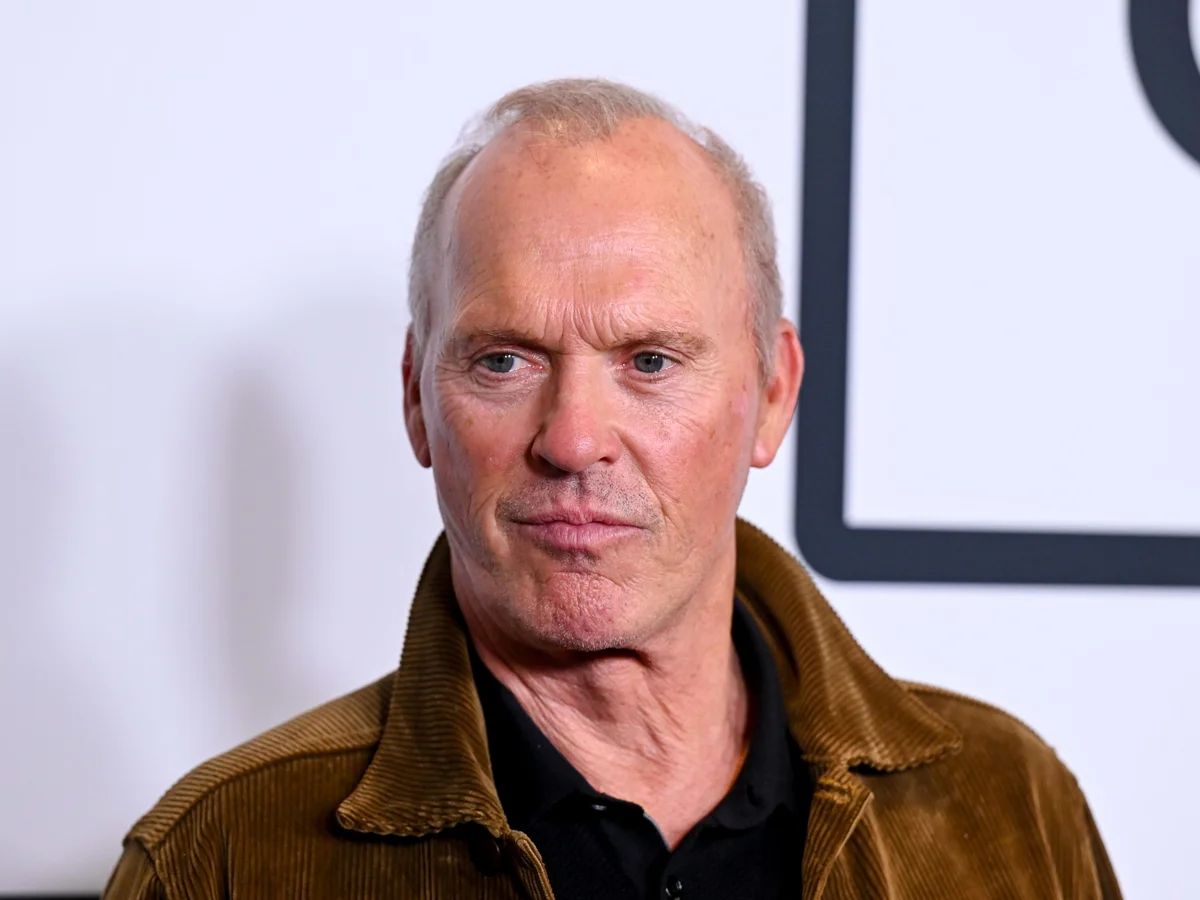The 1994 film The Paper, starring Michael Keaton, remains a standout portrayal of the newspaper industry’s chaotic world, blending drama and humor with sharp social commentary. Directed by Ron Howard, the movie unfolds over a tense 24-hour period inside a New York tabloid newsroom, spotlighting the challenges that editors and reporters face while striving for the truth amid intense pressure.
A Deep Dive into the Newsroom Drama at the Heart of The Paper
The Paper centers on Henry Hackett (Michael Keaton), the metro editor of the fictional New York Sun, as he confronts ethical dilemmas surrounding a high-profile murder case. Two African American teenagers have been arrested for killing two white businessmen in Brooklyn, but columnist Michael McDougal (Randy Quaid) suspects their innocence. The story’s unfolding forces Henry to balance his professional integrity with intense personal stress, including tensions with his pregnant wife Martha (Marisa Tomei), who encourages him to consider an opportunity at a competing newspaper, the New York Sentinel.
Meanwhile, editor-in-chief Bernie White (Robert Duvall) struggles with cancer, adding another layer of complexity to the newsroom environment. As Henry races against the clock to meet the press deadline, he uncovers information exonerating the teens, which puts him at odds with the paper’s managing editor, Alicia Clark (Glenn Close). Alicia pushes to print the story emphasizing the suspects’ guilt, revealing a conflict between journalistic ethics and commercial interests.

This film marked the final collaboration between Keaton and Howard, who previously explored comedy in films like Night Shift and Gung Ho. The Paper stands apart for its maturity, weaving social issues with a candid look at how sensationalism can override truth in tabloid journalism. The narrative exposes the tendency of news outlets to prioritize selling papers over accurate reporting, especially when innocent lives may be endangered.
How The Paper Captures Complex Themes with Humor and Urgency
The Paper’s success lies not only in its message about journalistic responsibility but also in its skillful blending of intense drama and sharp, often witty humor. Ron Howard’s dynamic camerawork complements this tone, reflecting the fast pace and tension of a working newsroom. Scenes range from Randy Quaid firing a gun in the office to pause interruptions during a private conversation, to Michael Keaton’s heated phone exchanges with a rival newspaper owner. This heightened reality recalls classic screwball comedies such as His Girl Friday, mixing levity with serious stakes.
One of the film’s most memorable moments is an explosive physical fight between Keaton’s Henry and Glenn Close’s Alicia as they battle over whether to halt the next edition’s publication. Despite its exaggerated violence, the sequence symbolizes the deeper conflict between reporting honest news and pursuing profit, highlighting the ethical dilemmas that journalists navigate daily.
Though not as grand in scale as some of Howard’s other projects like Apollo 13 or Solo: A Star Wars Story, The Paper is a quietly impactful film. Its focus on a confined newsroom environment lends authenticity to the characters’ personal and professional struggles. Unlike the satirical tone found in contemporary shows inspired by newsroom chaos, The Paper adopts a more grounded style that influences later works like Jason Reitman’s Saturday Night, which echoes the pressure-cooker atmosphere of reporting on tight deadlines.
Strong Performances Bring a Star-Studded Ensemble to Life
The Paper features a compelling cast that balances individual depth with ensemble cohesion. Michael Keaton leads as Henry Hackett, a dedicated editor facing moral and career crossroads. Robert Duvall portrays Bernie White, whose illness weighs heavily on the newsroom’s leadership. Glenn Close shines as Alicia Clark, embodying the ruthless drive of corporate media tensions. Marisa Tomei, as Martha Hackett, provides a personal counterpoint to Henry’s professional life, adding emotional stakes to the story.
The film’s portrayal of journalists is candid and complex, avoiding idealization while giving viewers a fly-on-the-wall perspective of newsroom dynamics. Through these characters, the movie explores the intersection of ambition, truth, and the pressures of sensationalism that define tabloid news publishing.
Legacy and Enduring Relevance of The Paper in Newsroom Portrayals
Though nearly three decades old, The Paper remains a significant work for its realistic depiction of the newspaper industry and ethical conflicts inherent in journalism. As newspapers and media have evolved with technology and society, the film stands as a reminder of the human challenges behind the headlines. Its portrayal of African American teenagers caught in a police and media controversy also resonates with ongoing conversations around race and justice.
Michael Keaton’s nuanced performance, combined with Ron Howard’s firm directorial hand, elevates the movie beyond typical newsroom dramas, offering insight into the compromises and convictions that influence news reporting. The film’s balance of humor and tension continues to influence how media stories are told in both film and television.
With the recent success of Peacock’s The Paper as a spiritual successor in TV form, interest in the original movie has grown, highlighting the timeless nature of its themes. The film’s exploration of journalistic dilemmas and newsroom dynamics ensures its place as a classic, providing context and inspiration for future portrayals of the news industry’s messy, urgent realities.
